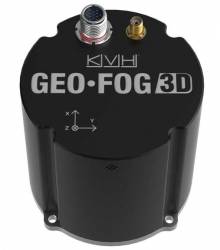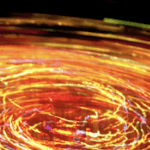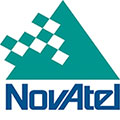
The incorporation of GNSS and inertial technologies is helping drive an explosion of systems development and applications of unmanned systems. On Tuesday, September 29, Inside GNSS and NovAtel presented a 90-minute web seminar showcasing some of these applications, including the use of remote sensing technologies to assess pest populations in commercial crops and to conduct infrastructure inspections, with the aid of air and ground vehicles.
The incorporation of GNSS and inertial technologies is helping drive an explosion of systems development and applications of unmanned systems. On Tuesday, September 29, Inside GNSS and NovAtel presented a 90-minute web seminar showcasing some of these applications, including the use of remote sensing technologies to assess pest populations in commercial crops and to conduct infrastructure inspections, with the aid of air and ground vehicles.
This webinar has already taken place. A recorded version is available for free viewing on demand. You may still register to view the recorded version.
Download the webinar presentation slides here.
Download a list of Additional Resources here.
SPEAKERS
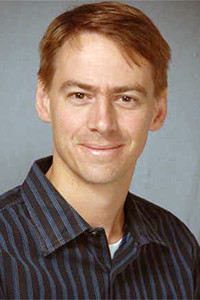
Steven Waslander is a professor in the Department of Mechanical and Mechatronics Engineering at the University of Waterloo, Ontario, Canada. Previously, he was a control systems analyst for Pratt & Whitney. He is the Director of the Waterloo Autonomous Vehicles Laboratory (WAVELab). His research interests are in the areas of autonomous aerial and ground vehicles, simultaneous localization and mapping, nonlinear estimation and control, and multi-vehicle systems. He received his M.S. and Ph.D. from Stanford University in aeronautics and astronautics.
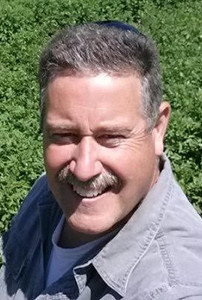
Ian MacRae is a professor of entomology and an extension entomologist at the University of Minnesota, Northwest Research and Outreach Center. His interests center around the spatial and temporal distribution of insects within field crops, colonization, seasonal distributions, and environmental effects on insect mortality and movement. This work involves the use of digital mapping, spatial statistics, remote sensing, and the use of unmanned aerial systems (UAS) as a platform for detecting and assessing the geographic distribution and associated effects of insect infestations. He received his Ph.D. in entomology from Oregon State University.
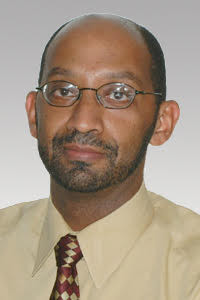
MODERATOR
DEMOZ GEBRE-EGZIABHER is an associate professor of aerospace engineering and mechanics at University of Minnesota-Twin Cities, USA. His research deals with the design of mutlti-sensor navigation and attitude determination systems for aerospace vehicles. Recently his work has focused on multi-sensor solutions for operations in GNSS-stressed and -denied environments.


